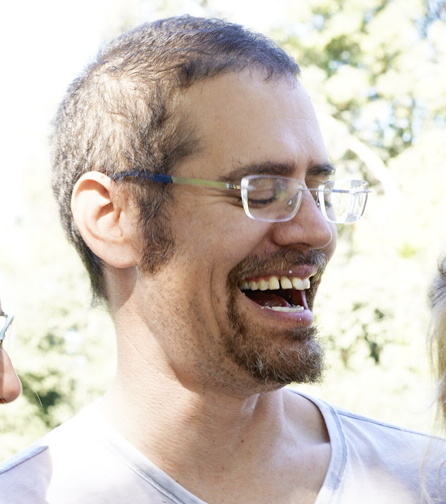
Tomer Levinboim
I am a software engineer at Google AI.
I work on improving the natural language generation (NLG) abilities of neural networks.
Research Areas
Authored Publications
Sort By
Bridging the Gap Between Practice and PAC-Bayes Theory in Few-shot Meta-learning
Xi Chen
Sebastian Alexander Goodman
Advances in Neural Information Processing Systems 2021
Preview abstract
Despite recent advances in its theoretical understanding, there still remains a significant gap in the ability of existing meta-learning theorems to explain the performance improvements in the few-shot learning setting, where the number of samples in the target tasks is severely limited.
This gap originates from an assumption in the existing theories which supposes that the number of samples in the observed tasks and the number of samples in the target tasks follow the same distribution, an assumption that rarely holds in practice.
By relaxing this assumption we develop two PAC-Bayesian bounds tailored for the few-shot learning setting and show that two existing meta-learning algorithms (MAML and Reptile) can be derived from our bounds, thereby bridging the gap between practice and PAC-Bayesian theorems.
Furthermore, we derive a new computationally efficient PAC-Bayesian algorithm, and show it outperforms existing meta-learning algorithms on several few-shot benchmark datasets.
View details
Preview abstract
Human ratings are currently the most accurate way to assess the quality of an image captioning model, yet most often the only used outcome of an expensive human rating evaluation is a few overall statistics over the evaluation dataset. In this paper, we show that the signal from instance-level human caption ratings can be leveraged to achieve improved captioning models, even when the amount of caption ratings is several orders of magnitude less than the caption training data. We employ a policy gradient method to maximize the human ratings as rewards in an off-policy reinforcement learning setting, using a technique that makes use of a sampling distribution that focuses on the captions that are present in a caption-ratings dataset. We present empirical evidence that indicates that our models learn to generalize the human raters’judgments in the caption-ratings training data to a previously unseen set of images, as judged by a different set of human judges and additionally on a different, multi-dimensional side-by-side human evaluation procedure.
View details
Preview abstract
An image caption should fluently present the essential information in a given image, including informative, fine-grained entity mentions and the manner in which these entities interact. However, current captioning models are usually trained to generate captions that only contain common object names, thus falling short on an important “informativeness” dimension. We present a mechanism for integrating image information together with fine-grained labels (assumed to be generated by some upstream models) into a caption that describes the image in a fluent and informative manner. We introduce a multimodal, multi-encoder model based on Transformer that ingests both image features and multiple sources of entity labels. We demonstrate that we can learn to control the appearance of these entity labels in the output, resulting in captions that are both fluent and informative.
View details
